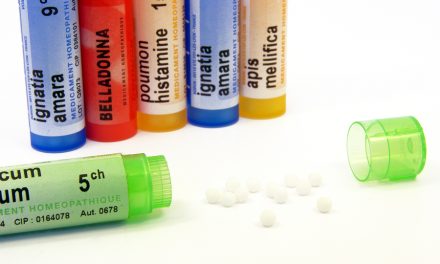Late last year, a shipment of 36 million pounds of soybeans sailed from Ukraine to Turkey to California and along the way went from being ordinary soybeans (according to documents) that had been fumigated with a pesticide to organic soybeans. 1
“That switch — the addition of the ‘USDA Organic’ designation — boosted their value by approximately $4 million, creating a windfall for at least one company in the supply chain.
After being contacted by The Post, the broker for the soybeans, Annapolis-based Global Natural, emailed a statement saying it may have been ‘provided with false certification documents’ regarding some grain shipments from Eastern Europe. About 21 million pounds of the soybeans have already been distributed to customers.”2
But this isn’t the first time a shipment has undergone such an expensive metamorphosis and unless something is done to fix the holes in how the United States ensures that what is sold as “USDA Organic” is really organic, it won’t be the last.
RELATED STORY:
In this instance, the three shipments, each involving millions of pounds of “organic” corn or soybeans, “were large enough to constitute a meaningful proportion of the U.S. supply of those commodities.” 3 Each was presented as organic, despite evidence to the contrary and all three hailed from Turkey. But how?
“The United States has seen large spikes in the amount of organic corn and soybeans entering from Turkey, according to USDA statistics. Between 2014 and 2016, the amount of organic corn arriving from Turkey rose from 15,000 metric tons to more than 399,000 metric tons; the amount of organic soybeans coming from Turkey rose from 14,000 metric tons to 165,000. (The three shipments examined by The Post represent roughly 7 percent of annual organic corn imports and 4 percent of organic soybean imports.)
Such sudden jumps in organic food production draw scrutiny because the organic transition process is slow — it can take three years for conventional land to be converted into organic farmland.”4
And with all the extra “organic” imports into the country, prices have dropped. But that drop is hurting U.S. organic farmers, many of them small operations. And all of them ACTUAL organic farms.
But, USDA officials STILL SAY their system for guarding against fraud is robust. (Obviously.)
“Under USDA rules, a company importing an organic product must verify that it has come from a supplier that has a “USDA Organic” certificate. It must keep receipts and invoices. But it need not trace the product back to the farm. Some importers, aware of the possibility of fraud, request extra documentation. But others do not.”5
RELATED STORY:
And regardless of where the organic food comes from, there are still cracks:6
- farmers hire their own inspection companies
- most inspections are announced days or weeks in advance
- there is no element of surprise in inspection
- testing for pesticides is the exception rather than the rule.
- even as the amount of organic corn and soybeans imported to the US has more than tripled, the USDA has not issued any major sanctions for the import of fraudulent grain
- when the USDA has responded to complaints of questionable imports, action has come too late to prevent the products from reaching consumers.
See? Lots and lots of holes.
In the curious case of the “organic” Turkish soybeans, the Washinton Post was able to trace some of them back to ADM Ukraine, a company that does not produce or trade organic soybeans, that did not sell or label them as such, and that were originally priced at the level of conventional soybeans. So, not organic after all.
Holes. Lots and lots of holes.
If you want to know that your food is organic and has been safely prepared and handled- it’s best to purchase directly from the farmer or market. You could always grow your own, too!
RELATED STORY:












